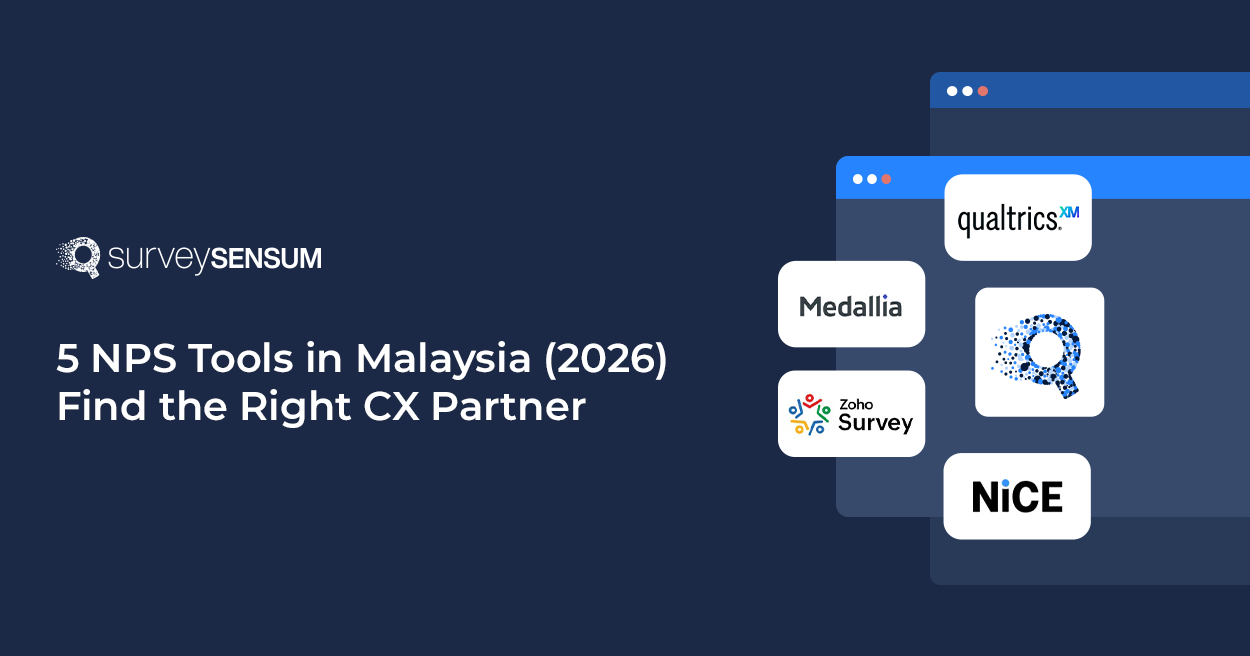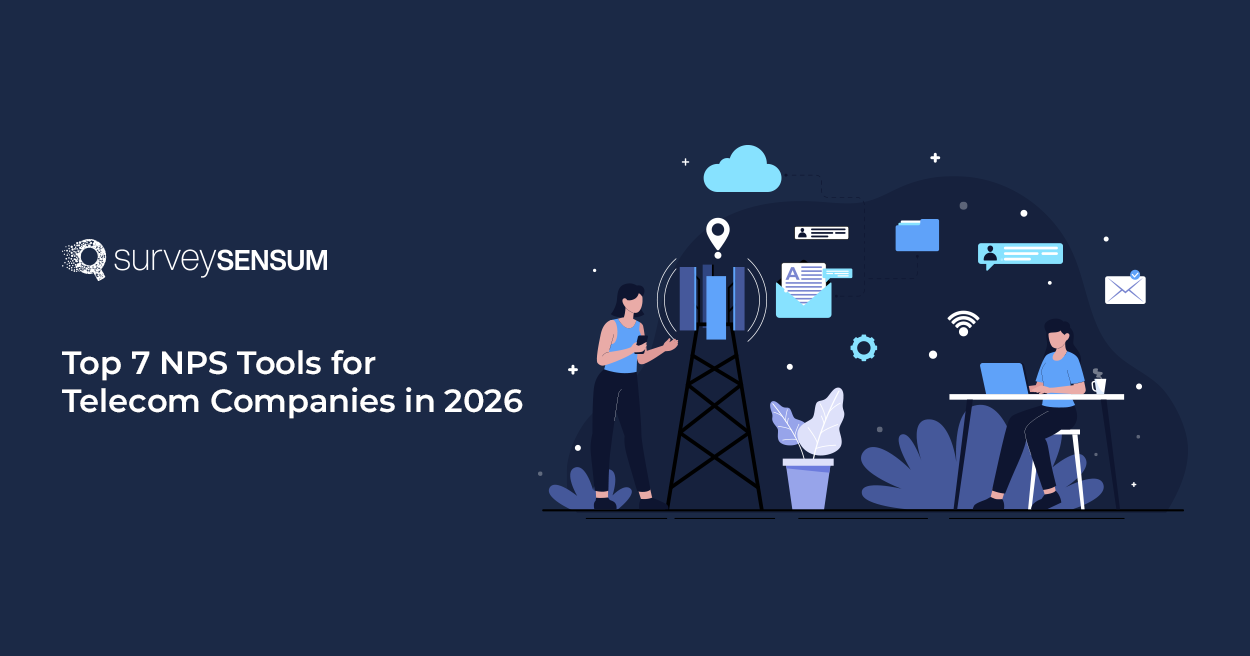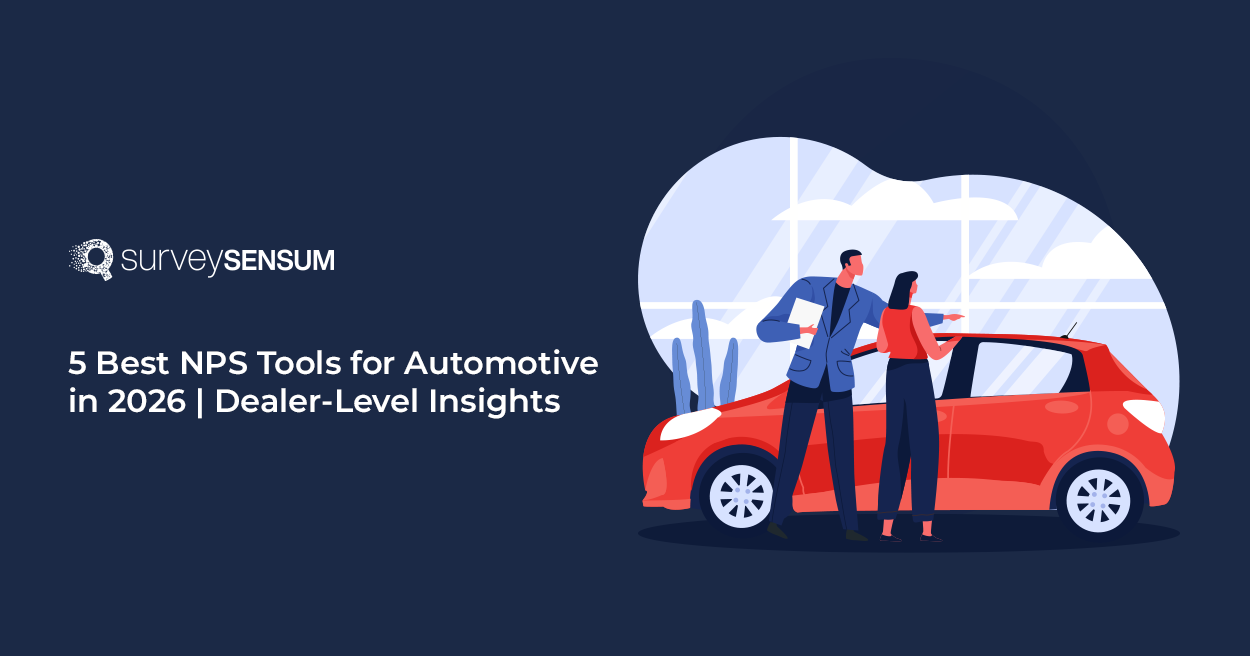


Computer-Assisted Telephone Interviewing, i.e. CATI interview is one of the oldest methods used to conduct market research. Though it is still in use in many areas of research today, the response rate has fallen considerably and is said to be dying out. As advanced survey methodologies outsmarted the CATI system with innovative technologies, there is no possibility that telephone surveys will ever have a comeback.
A significant issue with the CATI system in 2023 is that 8 calls out of 10 are always unanswered or marked as spam. And sometimes even the participants terminate the sessions in between. Even after decades, the operating expenses, agent training needs, effort, and time to compile all the information and create reports remain the same in the CATI system. Therefore, it is probably not the best option in 2023, and businesses are searching for the best telephone survey alternatives.
In this article, let us discuss in detail why the CATI system is no longer working in 2023, what are its challenges, and what is the solution. We will also see if there is a perfect alternative to telephone surveys in 2023.
So, what is a CATI system?
The CATI system is a widely used and acknowledged research methodology that replaced pen and paper systems.
In CATI systems, the interviewer uses a computer to read out questions to the participant from a pre-built set of questionnaires and records all the answers on the computer itself. When they have a certain quantity of responses in hand, they compile all the information and generate reports and insights from it.
There has been a considerable decline in the response rates of telephone surveys. And, advanced methodologies like online surveys, email surveys, etc., have outrun the CATI system to a great extent.
But how, and why?
Let’s talk about the limitations of the CATI system.
What are the main challenges of the CATI system?
1. Declining response rates:
According to the studies by PEW Research Center, the response rate has fallen considerably from 36% to <6% over the years.
Here’s why –
- 8 out of 10 calls are not answered
- The interviewer takes around 10 minutes to interview.
- No visual element to persuade the participant
- Busy people do not encourage such calls during or after work
- Sometimes the participants are unable to understand the dialect, tone, or accent of the interviewer.
2. Respondents are disconnecting the calls:
The evolution and widespread use of smartphones has had a great negative impact on telephone surveys. As participants can identify the number and see who is calling them, they can decide instantly whether or not to answer such calls.
3. Calls are being marked as spam:
Nowadays, smartphone users use applications to identify and trace marketing and promotional calls. They mark them as spam calls to notify other users and block them right away. That’s why it’s difficult to connect with the participants over the phone.
4. Problems with answering machines:
In most countries, people use machines to auto-answer calls when busy or unavailable. It is challenging for the agents to get through the voicemail, as no participant will call back and share their responses unless they have a complaint about the product or service.
5. Higher costing:
It is nearly impractical to collect a large data sample using CATI. It would incur more cost and time, and you will also need more agents to accomplish the task that will exceed your budget significantly.
6. Biased responses:
Even when the call is connected, often agents influence the reviews and answers by persuading the participant to give top reviews or 5-star ratings to increase their customer metrics. Therefore, often we do not get quality feedback through CATI surveys as they are manipulated and not genuine.
7. Lack of visual materials:
One of the critical challenges of the CATI system is that it cannot add or use visual materials and elements to the questionnaire. That’s why we cannot do concept testing or ad testing with CATI. It is not possible to explain to the fullest potential your concept or ad in short telephone calls. CATI is all about mere verbal discussions where the tone, attitude, and behavior of both the participant and interviewer will affect the survey’s success. However, for thorough and comprehensive ad testing, incorporating diverse methodologies, such as online surveys or focus groups, would be more effective in capturing valuable insights and feedback.
8. Less honest feedback:
The agents don’t often give enough time for the respondents to think about the questions in detail. They need to be spontaneous and cannot express their feelings to the fullest. So they are not really honest in the feedback and share whatever comes to their mind at the time.
9. Unscheduled calls:
People, especially those who work, do not encourage someone to disrupt their work hours and privacy. They either do not feel interested in such surveys or are too busy to attend such calls. It also adds to the declining response rates in CATI.
10. Not real-time:
It takes a minimum of one month for anyone to run and compile responses with CATI surveys. Often it is too late by the time an interviewer reaches out to a participant to collect his feedback. Customer is prone to forget their experience when interacting with your business or may no longer be worried about the impact of their feedback after a month or two. The analysis reports generated after a month are often of no use to a business.
11. Agent training:
The agent training requirement is another disadvantage of the CATI systems, as they are often administered by third-party agents or companies. A slight change in the tone may convey things differently. They normally do not care about your business or the impact this feedback will bring to your business.
These are some of the factors that cause a declining response rate in the CATI system in 2023.
Now, as the CATI system has a poor response rate and is no more a preferred tool, what is the best solution we have today?
The best alternative to the CATI system in 2023 – Online Surveys
Online surveys are the best alternatives to the CATI systems now. Online surveys are also sometimes called CAWI (Computer-Assisted Web Interviews). It has a set of questions created with visually appealing elements and is shared with the participants via email, WhatsApp, chat, in-app, etc.
Here are some things you need to know:
- Online surveys consist of simple questions with visual elements like graphics, video, and images making the surveys attractive and compelling.
- It’s easy to create online surveys quickly, and share them with millions of users in a few minutes via CRM software, WhatsApp, Emails, or QR codes and links.
- Online surveys help you gather all the customer feedback in real time and store all the responses in a centralized database. This makes it easy to analyze and create reports.
- Online surveys are best used to collect quantitative feedback and have higher response rates compared to the CATI system.
- Online surveys are cost-efficient and cost you only one-third of the telephone survey expenses.
Now, that we have seen what online surveys are, let us dig deeper into the benefits and advantages of online surveys in the next session.
Advantages of online surveys
Online surveys have gained widespread acceptance from businesses globally due to their high response rates and cost efficiency. Now let us look at some of the advantages of online surveys in detail here.
1. High response rate and data quality:
Respondents answer surveys at their convenience and ease. They take their own time and respond to the surveys whenever they want to allow them to think thoroughly and answer. Therefore, online surveys offer the best response rates and quality responses.
2. Accuracy & speed:
It only takes a few minutes for you to share your survey with thousands of participants. And all the feedback is gathered in real-time and is organized and compiled in a central database as soon as the participant clicks the submit button.
3. Cost-effectiveness:
Online surveys are much cheaper than telephone surveys as you need to spend only $2-$3 for a response, while CATI surveys cost you from $5-$10. Also, you don’t need to train agents or dedicate staff to compile the information or wait for months for a result.
4. Easy to set up, use, and understand:
Online survey software is easy to set up and configure. Online surveys have written questions and visual elements to support them. Therefore, it is easier for the participants as well to read and understand, unlike telephone interviews where everything depends on the dialect, accent, and style of the agent.
5. Autonomy:
You dont need to train agents or depend on someone to gather or analyze the feedback or make reports. You configure surveys easily yourself without outsourcing the task or dedicating an employee. And the survey software analyses and create the reports for you.
6. Reachability and mobility:
The best part of online surveys is that you can share them with anyone from any part of the world. They can receive the online survey using their smartphone or laptop as time permits. To capture feedback from someone from a different country or continent will be too costly with telephone surveys whereas online surveys cost you the same.
7. Analytics:
Online surveys offer real-time analytics that is more accurate compared to CATI. Unlike the CATI system, you would not have to wait for months to compile all the information and produce reports and insights. Online survey software uses advanced technologies like AI, ML, BI, etc., to compute data and generate real-time statistical and analytical data, instant notifications, actionable insights, and one-click reports.
Online surveys have several more advantages if we look at them closely. They are much easier to handle and use, and that of course is one of the greatest advantages of online surveys.
Here’s a quick difference between online surveys and the CATI system
Concluding on the CATI system
Now we have seen that the CATI system is not really viable in 2023. Online surveys are better in most cases when it comes to modern-day research. Though the CATI system is still used for qualitative research, there are more factors like demography-based surveys, quantitative feedback, quickness, bigger data sampling, etc., where it fails.
And if you are someone looking for unbiased responses to improve customer experience, then it is high time to make the switch from a CATI system to an online survey system.
















